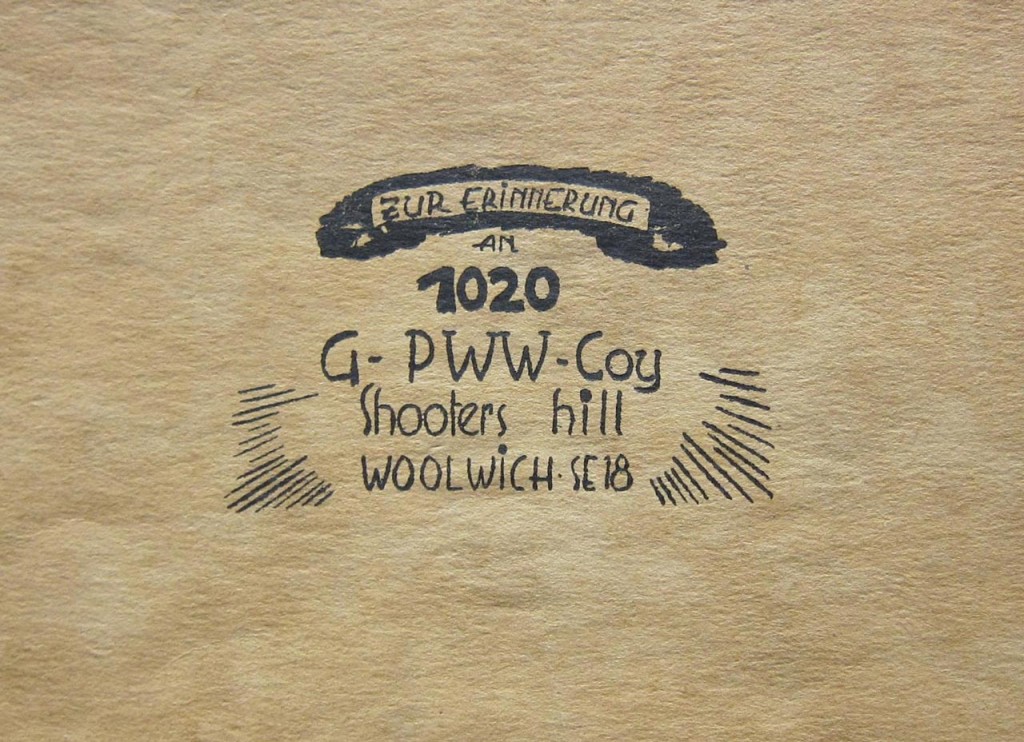
Zur Erinnerung an 1020 G-PWW-Coy Shooters Hill – As a Memento of German Prisoner of War Working Company 1020 Shooters Hill – is the title of an exquisite, slim booklet from the archives of the Greenwich Heritage Centre. Its contents are a set of pen and ink drawings of the PoW camp by one of the German prisoners, Wolfram Dörge. Dated Christmas 1946, it is dedicated to the officer in charge of the camp, Major Leech, who was known to the prisoners of war as the “Father of the Camp”.
Wolfram Dörge’s pictures show the various huts that made up the camp, including the mess hut, the infirmary, the recreation room and the cobblers’ and tailor’s shop. They also include views of the inside of some of the huts, such as the billet hut shown below, the kitchen and the stage in the recreation room. It is a unique record of life for German prisoners of war in the UK after the end of the second world war.

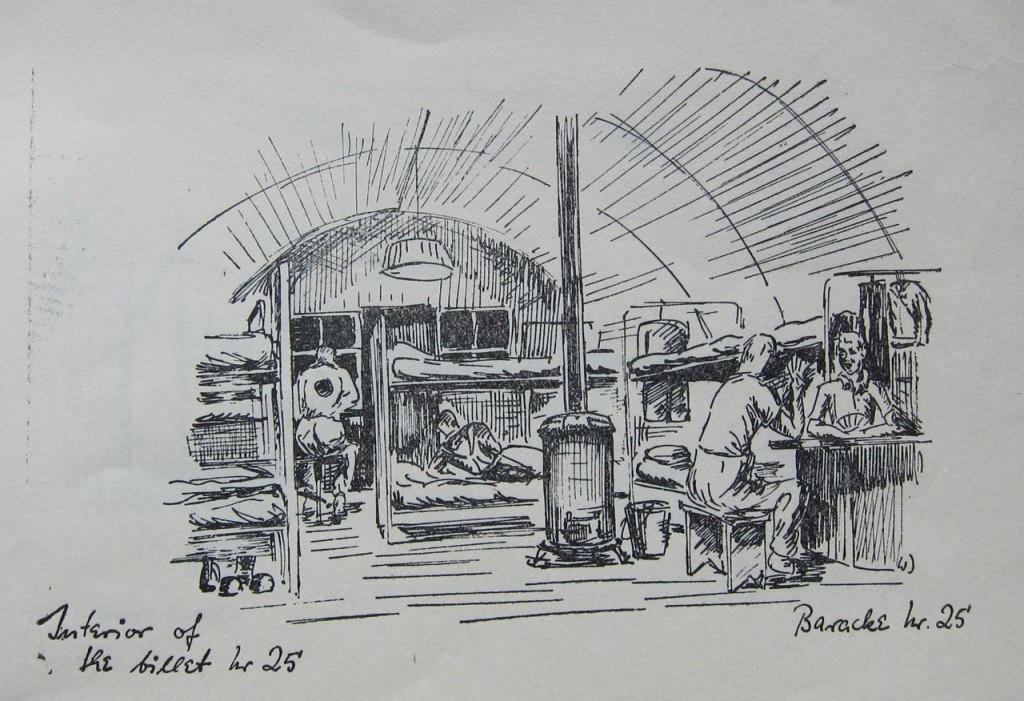
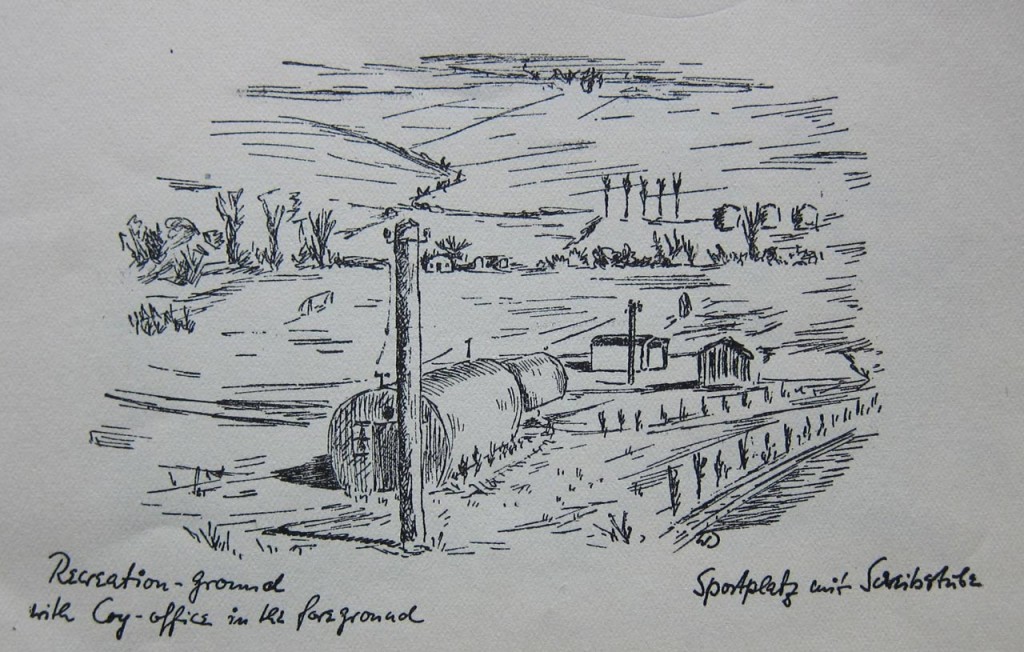
The camp was situated in the area now taken up by the southernmost 9 holes of Shooters Hill Golf Club, the part nearest Shooters Hill, plus the westernmost fields of Woodlands Farm. The Shooters Hill Golf Club history page summarises the use of this part of the course during the war years:
In 1939, the southernmost 9 holes of the course were requisitioned for the establishment of an anti-aircraft battery and part of the Clubhouse became the headquarters of the Home Guard, and in the latter years part of the course also became a Prisoner of War camp for some 1000 German and Italian prisoners. The camp was surrounded by a 7ft high wire fence, and the cookhouse situated by the 17th green. The remaining 9 holes continued to be played even though the course sustained considerable damage from bombing.

The anti-aircraft battery was an unusual one – it was a Z Battery, which used 3-inch rockets to defend against enemy air attacks. In 2005 a community archaeological research programme called the “Lie of the Land project” led by local archaeologist Andy Brockman investigated the Shooters Hill ZAA Battery and the findings are documented in chapter 14 of Images of Conflict: Military Aerial Photography and Archaeology. An aerial photograph of the golf course from August 1944 shows the 64 twin-barrelled rocket projectors of the battery arranged in an 8 by 8 grid across the eastern-facing slopes. The battery was initially manned by personnel from the Royal Artillery, but later the Home Guard took over and it was fully manned by the Home Guard from the end of July 1943.
Even at the time it seems there was some doubt about the effectiveness of such unguided rockets against enemy aircraft, and it was suggested that they were there as much for civilian morale as for usefulness in defence. After the battery was stood down it is reported that the Mayor of Bexley sent a message to the stand down dinner which included the comment: “Thank God you are standing down because you have caused more damage to property in Bexleyheath than the enemy has”.
The Z Battery was on the golf course between August 1942 and November 1944, according to David Lloyd Bathe’s “Steeped in History”, which also mentions that an American tented camp was there before the PoW camp. Another aerial photograph from Images of Conflict, from October 1945, shows rows of military Bell tents which were no longer there in the autumn of 1946 – presumably this was the American camp – though when the PoW camp was first set up some of the prisoners were billeted in tents.
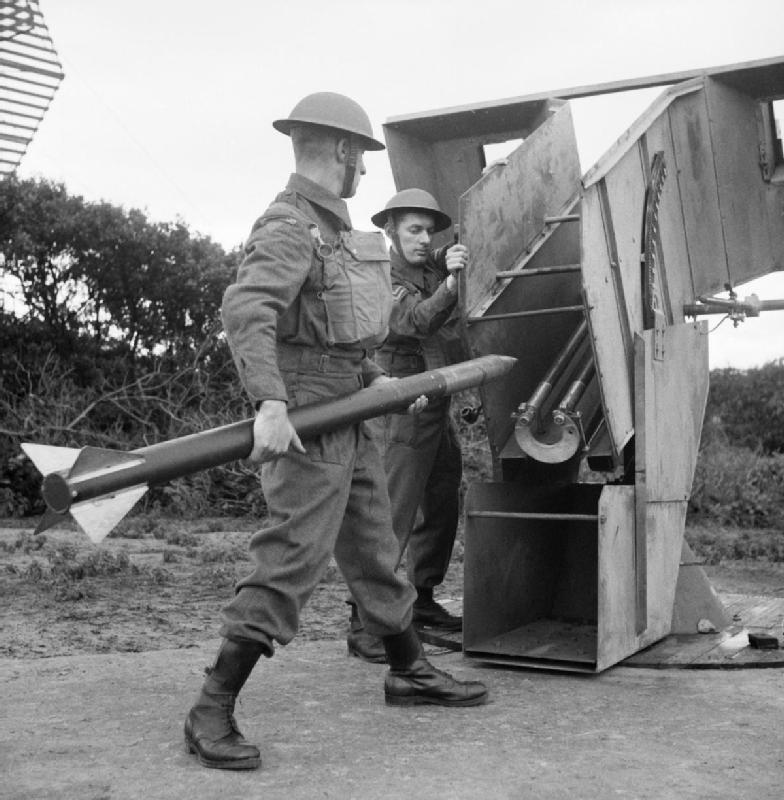
Camp 1020 was formed on 26th June 1946 according to a fascinating document from the National Archive which was referred to by Andy Brockman in his talk about the camp to Shooters Hill Local History Group last September. Andy thanked SE9 Magazine who passed on the document which is a report on an inspection visit to the camp and gives details of the PoWs and their educational and cultural activities in the camp, including the work to “denazify” the prisoners .
At the time of the report there were 533 German prisoners in the camp. They had all been transferred from Camp 197 at Chepstow, but before that 75% had been in the USA and the remainder in Belgium. Initially morale was low, as the report says:
Morale at first was low, owing to the disappointment of Ps.W. ex USA, who had been assured by American officers that they were being repatriated, and discontentment of Ps.W. ex Belgium who alleged they had been badly fed and roughly treated in Belgium. Good treatment, attention to welfare and educational activities on the part of the British staff and better food has now raised morale considerably. Many Ps.W. ex Belgium have gained up to 40 lbs in weight and the camp can now be regarded as content and happy.
Many of the activities organised for the prisoners were aimed towards political re-education, or denazification. One of the first steps was to classify how strongly each prisoner adhered to the Nazi ideology. A report on a project about another PoW camp, at Butcher Hill in Horsforth, explains the classification scheme:
White patches (‘A’ ‘A-‘) were for prisoners with no loyalty or affiliation to the Nazis. A grey patch (‘B+’ ‘B’ ‘B-‘) meant that the prisoner, although not an ardent Nazi, had no strong feelings either way (mitläufer). Hard-core Nazis and almost all Waffen SS and U-Boat crews wore a black patch (‘C’ or ‘C+’).
It isn’t clear whether the black/grey/white patch system was used at Camp 1020, but the camp was classified overall as grey and the A/B/C method of classifying prisoners was used. The vast majority of Shooters Hill prisoners were classified as A and B with just 31 Cs and 1 C+.
There were a wide range of re-education activities, including lectures on “Public Life in England” and “Germany yesterday, today and tomorrow” which were attended by between 100 and 150 prisoners and were followed by “lively discussions”. A press review was held three times a week attended by 150-200 men. Press items were selected and translated beforehand for the review. “Mr. Churchill’s speech at Conservative Conference was given in full and caused much discussion”. The radio was popular, with about 200 men listening to the BBC news in German on the “good quality wireless” in the recreation room. The YMCA Film Unit visited every Tuesday.
There were beginner, intermediate and advanced classes in English and classes in French and Spanish. The number of classes was limited by lack of accommodation, according to the report. It also recommended that the library of 103 books in German and 100 in English be augmented with more German novels. In addition the supply of newspapers needed to be increased. They received copies of the Daily Express, Daily Herald, Daily Mail, the Times and the News of the World, and also of a UK government produced newspaper in German called Wochenpost. The 50 copies of the latter were deemed totally inadequate for a camp of 530 men.
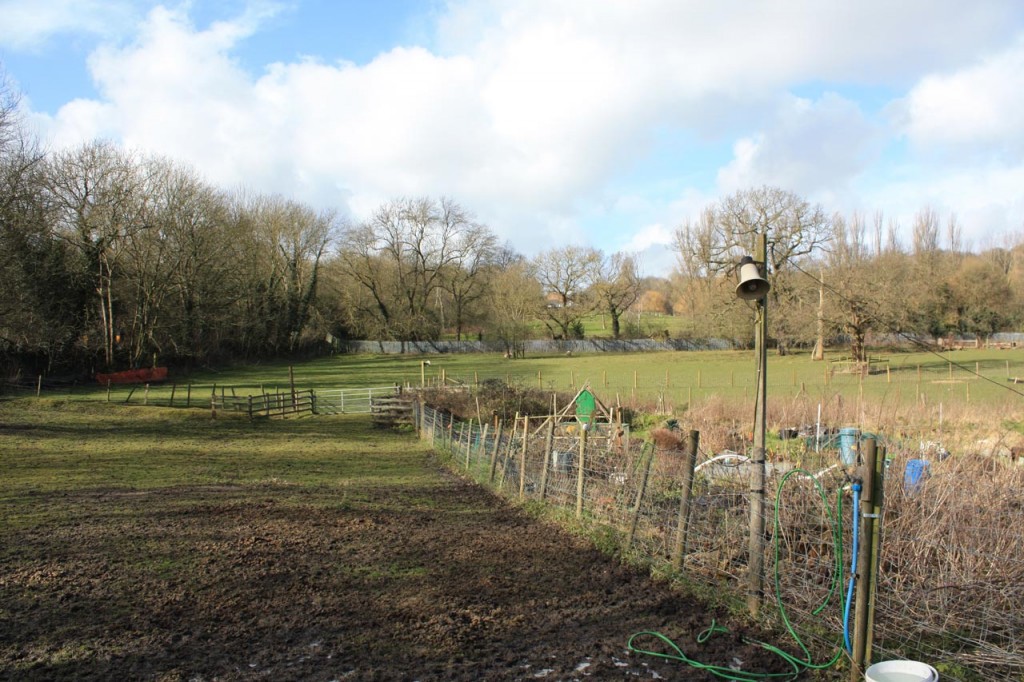
Why were prisoners of war still held in 1946, when the war in Europe had ended over a year earlier? They were kept as workers to help in reconstruction work at a time when many British workers were still overseas in the armed forces. Under the Geneva Convention PoWs couldn’t be forced to work, but most of them volunteered to as a way of passing the time. At its peak in September 1946 there were 402,200 prisoners of war in the UK, in hundreds of camps, of which 84.9% were working. It has been estimated that 25% of the workforce in the UK was such PoW labour.
“Steeped in History” records that the prisoners in Camp 1020 worked mainly in the warehouses of the North Woolwich dockyards and in the public utilities of military and civilian facilities. A few helped with farm work, for example harvesting potatoes at Woodlands Farm where the Western field was given over entirely to growing potatoes. They also worked on the groundworks for the Cherry Orchard Estate in Charlton and on snow clearance in the harsh winter of 1946/47. David Lloyd Bathe tells the story of how they saved a Charlton football match:
In the very severe winter of 1946/47, PoWs volunteered to clear the snow from the First Division Charlton Athletic’s football ground so that a regular weekend game could be played. About 300 PoW volunteers were “guests of honour! at the game.
“When our part in saving the game was acknowledged over the loudspeakers, there was much cheering and backslapping, and many cigarettes came our way!”
Prisoners at the camp were allowed quite a lot of freedom. When they weren’t working they could move freely within 5 miles of the camp in daylight hours. On Sundays a party of about 70 protestants went to a service in Welling Church. Catholics initially had a religious service at the camp led by a German speaking priest, but later they attended a mass arranged by Fr. Nevatt at St. Stephen’s RC Church in Welling. This became known to parishioners as the German Mass and hymns were sung in German.
According to David Lloyd Bathe the prisoners at Working Camp 1020 were discharged from the camp in the spring of 1947. Now, nearly 70 years later, almost all trace of the war-time uses of the golf course and farm has disappeared. Apart from some anomalies in archaeological geophysical surveys at Woodlands Farm all that remains is a couple of ramps leading from Shooters Hill towards the golf course.
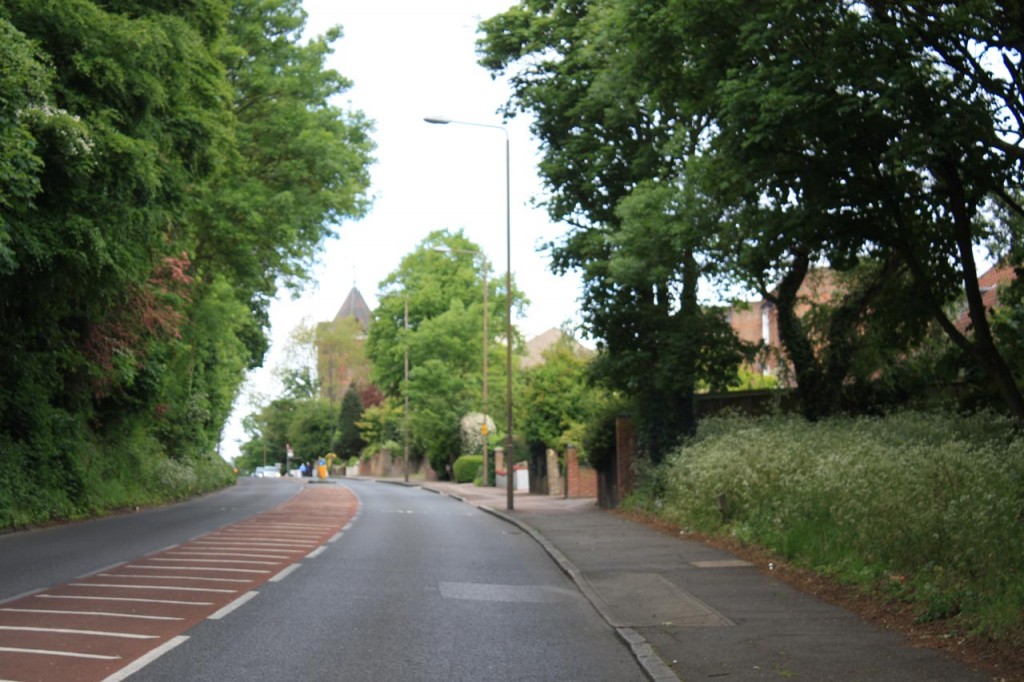

Hello.
Very Interesting article.
Thank You.
I used to live on Woolacombe Rd. Kidbrooke. SE3
I was a child during this period after the war.
A new housing estate was being built behind us after the war.
German POW’S would come by our house each day in the big lorries to help put the foundations in for these new Government homes being built.
They would throw us, from the lorries, lovely handmade toys as
they went by . Lovely memories.
My question is though, might you know or have any idea as to where these POW’S would have been interned?
Might it have been at Woodland Farm perhaps?
On my limited research that I have done, it seems like this would have been the closest?
Many Thanks for your time.
Jennifer Bunn Fowler
There was a PoW camp on the site of Thomas Tallis school – so perhaps it was from this camp that the prisoners you saw were from?
My Grandfather was one of those in charge of the PoW’s. He used to work with those in the Kitchen – he’d give them cigarettes and they’d give him food – butter, cheese, sugar. Was never able to find out if he was just Home Guard of enlisted. He apparently also looked after PoW officers in the camp near Bray/Holyport just outside of Maidenhead and I can’t fathom why a Home Guard would have to be sent there… Hence assuming he must have been enlisted.
Still, all very interesting. Thanks.
My fathers uncle returned from the war & with no available housing squatted in the old POW camp with his wife, children & several other families. My father would skip school (Deansfield, eltham) & spend afternoons up there. They grew their own veg & bred rabbits. My father was born in 1942, so this would have been 48/49..
I lived in Foxcroft Road, just of Eaglesfield, as a young child during WW2 and I remember the POW camp and the AA battery very well. There was a also barrage balloon working on Eaglefield which I think was operated by the RAF. I remember being given large cheese sandwiches by the RAF personnel in return for sweeping out their huts. I also remember the German POWs with patches on their clothes marching around the local area on their way to work, usually repairing bomb damage. I have to admit, with shame, that we young boys used to creep up to the fence and fire our catapults at the prisoners. We never hit anyone but I can remember the Germans swearing at us in their own language as we ran away. When the POWs left, we children took over the camp as a playground, making camps, having gang wars and general mischief as you can imagine and I remember feeling very aggrieved when it was returned to being a golf course which prevented us playing there.
I very much enjoyed reading your article about the POW camp, it brought back many memories, thank you.
Has any research been carried out about the POW camp that existed just off Rochester Way SE9 please? I believe this housed Italians. Thank you.
It may be this one https://thamesfacingeast.wordpress.com/tag/prisoners-of-war-in-kidbrooke/
Yes I lived in the prefabs in Jackwoods close and VC remember the Italians in the camp opposite.
John Stocking
As a child of seven, I remember a party of prisoners of war working on a new cul-de-sac off Southend Crescent, Eltham; they whistled and called out to my mother. A group of them were marched to mass at Christchurch, Eltham High Street, every Sunday, accompanied by a single armed guard (who stayed outside the church). One Sunday, after mass, my father, who was the organist and choirmaster, invited them up to the choir loft. I was terrified and hid inside the organ casing until near the end of the impromptu rehearsal, only emerging when curiosity won.
If anyone has information on the pow camp in Eltham-by the Rochester way and at the end of Dunbreck Road. I believe it was for Italian pow’s
I’ve heard it said that there were POWs in huts at the bottom of Oxleas meadow. There were hutments for Arsenal workers there in WW1, maybe still extant?
However my fathers great friend Ramsay guarded POWs whom he said were German Panzer troops (He was Sherman tank crewman) on the OPPOSITE side of Rochester way, where later there were Scout huts. He knew the site as his old Deansfield school sports ground ! There are still quite substantial fences there on the woods side. He told us that many of these Germans got Christmas dinner with local families whilst he was stuck on guard duties! This is probably in 1946 and I’m guessing only the less ardent Nazis were given such privileges. I’m guessing this was a sub camp administered by Camp 1020 on Shooters hill which seems to have operated mainly after wars end on the old Rocket site at Woodlands farm ?
I would not be surprised if POWs were also housed at Kidbrooke as the old RAF depot there was very large dating from WW1 and I believe used during WW2 as Barrage balloon base amongst other things? Some of the old government buildings can still be seen from the A102 and railway line.
During WWII and until 1956, I lived in Ankerdine Crescent, Shooters Hill. My father was a maintenance electrician at the Matchless motor bike factory in Plumstead. He was also in the Home Guard and helped man the AA battery adjacent to the German and Italian POW camps on the Shooters Hill golf course. We went to Sunday Mass at the Herbert Hospital at the foot of Shooters Hill. German and Italian prisoners from the golf course also went to Mass with us but under armed guard. There were also some German prisoners who were patients in the Herbert Hospital. When Italy pulled out of the war, the Italians no longer had guards and they removed the POW badge from their jackets. They moved freely round Shooters Hill and got odd jobs as gardeners and doing building work. Many of the ex-POWs remained in England after the war. I think that an Italian introduced proper coffee to Woolwich where it was unknown.
I now live in Garmisch-Partenkirchen, Bavaria